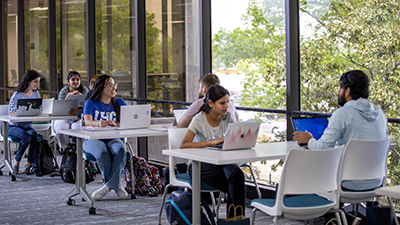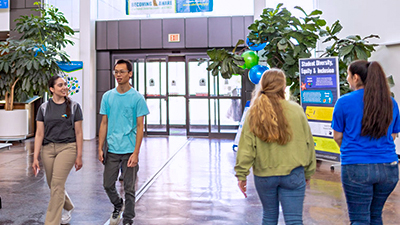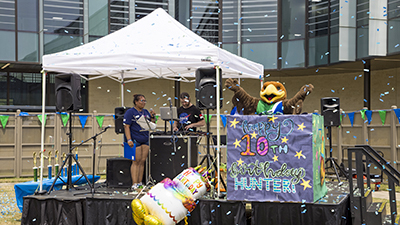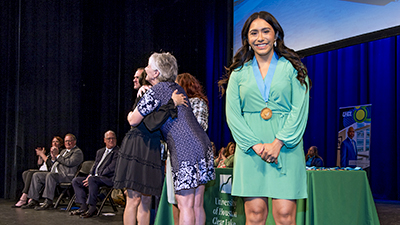UHCL prof's research focuses on health disparities among Native veteran populations

Veterans from American Indian and Alaska Native populations have a strong tradition of serving in the military, enlisting at the highest rate per capita of any ethnic or racial group. Yet this segment of the population has been traditionally underrepresented and disenfranchised, often returning from service with an array of physical and mental health needs.
A project, funded by several grants from the Department of Veterans Affairs, investigated mental health care access in the American Indian and Alaska Native veteran population before and during the COVID-19 pandemic. Isabelle Kusters, associate professor of Public Health at University of Houston-Clear Lake, is the lead author of an article to be published this month in JAMA Psychiatry, part of the Journal of the American Medical Association’s network.
As a group, American Indian and Alaska Native veterans experience serious health issues and generally report a poorer quality of life, compared to their peers. After the COVID lockdown, Kusters said all these health outcomes were exacerbated.
“Almost overnight, we had to switch solely to telehealth,” she explained. “This rapid period of virtualization truly affected how people accessed their health care. We looked specifically at that time when health care was forced to go virtual and we wanted to investigate how that shift may have impacted this specific group.”
She said the VA was already doing great work to increase video telehealth use prior to the pandemic. “We wanted to see if there were differences in the use of that mental health care technology for this population, whether they lived in urban or rural settings,” she said.
Kusters said the research findings showed that, although all groups increased their use of video telehealth for mental health care overall, there were significant disparities between rural and urban dwellers, especially for the American Indian and Alaska Native population.
“We must address geographic barriers and also socioeconomic and infrastructural barriers," she said. “We need to work to improve collaboration between patients and providers, create better outreach to communities, build trust, and increase access to available services.”
Kusters said the research highlights the importance of addressing these inequities. “This research is ongoing with the VA, in order to improve the quality of care they are providing this important group,” she said.







